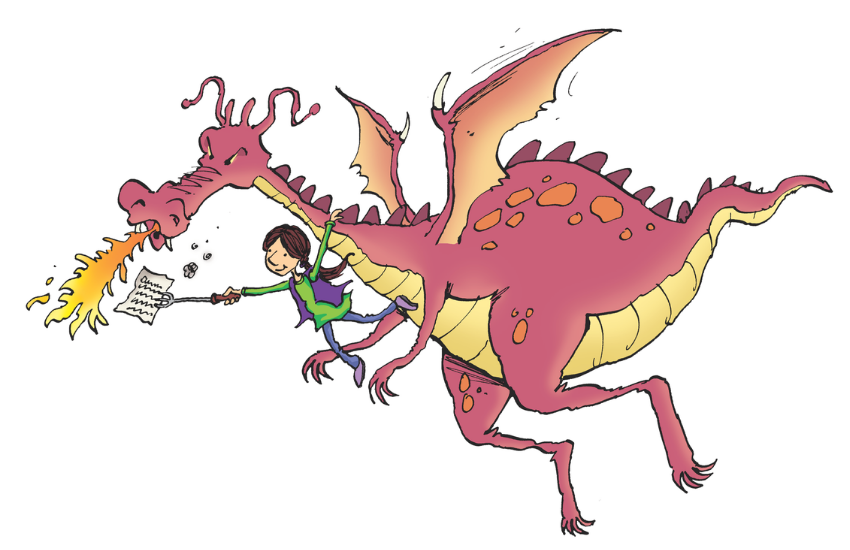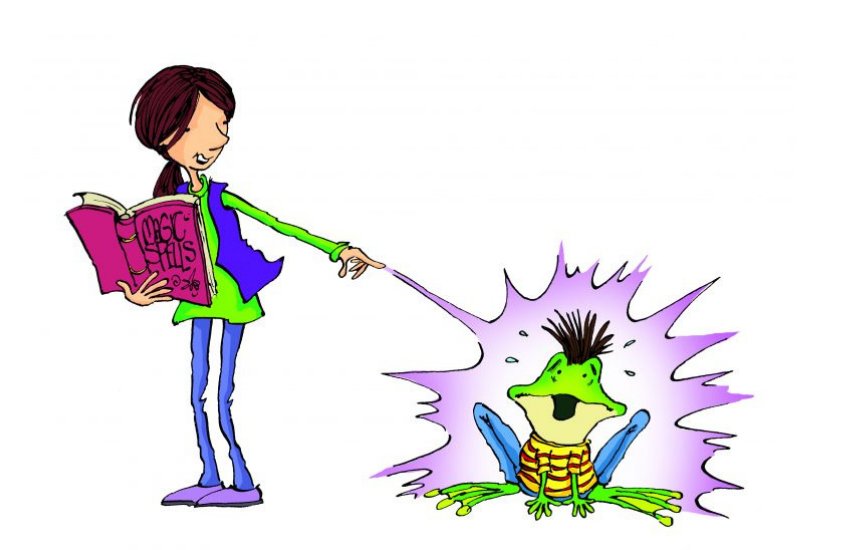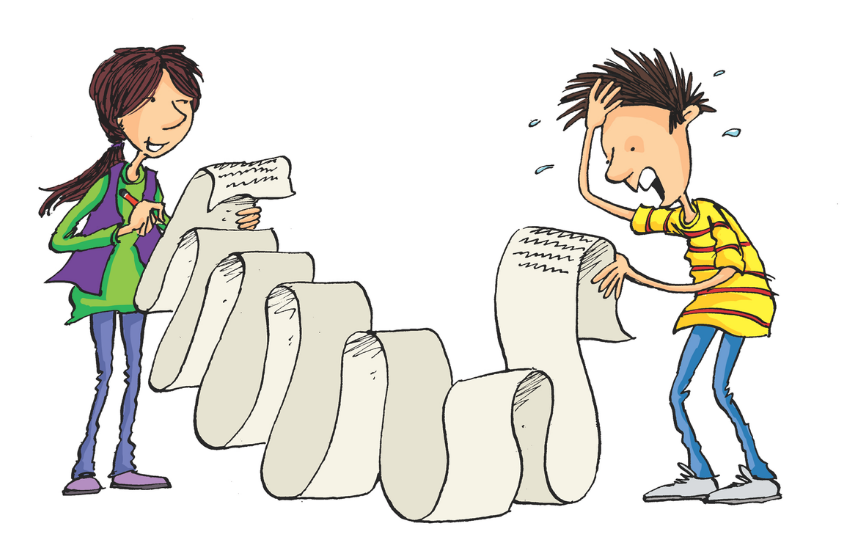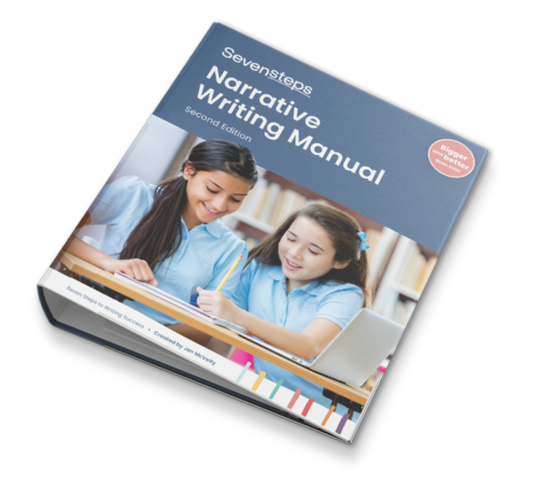No products in the cart.

3 min

Tips and insights

Admin SEVEN STEPS
If you truly want to escape this reality all you have to do is open a book and your imagination.
– unknown

This idea that reading can magically transport you somewhere else is at the heart of this year’s Book Week theme, Escape To Everywhere. For children of all ages, who still have very little control over their lives, what could be more appealing than being able to escape to some faraway place while staying right where they are.
With Book Week fast approaching, what better time to encourage students to explore this idea further by using creative writing as another form of escape?

Writing helps me create a different world that I can escape to.
– Ashwin Sanghi

Here are some ideas on how three of the shortlisted books can be used to inspire students’ creative writing and facilitate their escape.


Step 2: Sizzling Starts
The start of this trailer for Ross Watkins’ beautiful and heartbreaking picture book, One Photo, instantly makes the reader curious: https://vimeo.com/180841397.
‘Dad came home one day with one of those old cameras, the kind that use film.
But Dad didn’t take photos of the regular things people photograph …’
Ask students to form groups and brainstorm ideas on what might be so unusual about the photos that the narrator’s dad takes. Get students to use the ideas from the group brainstorm to write their own Sizzling Start (Step 2) and share some of the best examples with the class.


Step 5: Show, Don’t Tell
All I Want for Christmas is Rain by Megan Forward, is a great example of how a simple picture book can give readers an insight in the plight of Australian farmers. The beautiful scene in which the rain starts pouring and the whole family dance in the mud, shows just how important the rain is to the farming community.
Ask students to form groups and think of an issue that affects their community. Get students to brainstorm ideas for a ‘show’ scene (Step 5) based on their chosen issue using the Five + 1 Senses (see, hear, touch, taste, smell, feel). After students have written their ‘show’ scene, get them to act it out and present it to the class.


Step 7: Exciting Endings
Leila Rudge’s Gary, includes a wonderful example of a circular ending. Unlike the other racing pigeons, Gary can’t fly so he has to stay at home on race days. He dreams of great adventures, but he has never been anywhere until one day when he accidentally falls into the travel basket and has to find his way home. The end of the story links back to the beginning, but this time the other pigeons want to be like Gary.
Ask students to look at a range of different picture books and find examples of different types of ending, for example surprise endings, humorous endings, moral endings, etc. Get students to pick their favourite example and write an alternative ending (Step 7).

Read, inspire, create
Encouraging students to see reading and writing as a form of escape is a great way to increase their engagement and inspire creativity. Read some of the other shortlisted picture books aloud with your students and then get them to explore new places and possibilities in their writing.
| [Related blog]: The power of picture books |

This is an adapted version of an article published in the Term 3 edition of Connections.
To access a list of this year’s shortlisted titles for ‘Book of the Year’, go to: The Children’s Book Council of Australia.
For more writing activities and inspiration, become a Teacher Hub Essentials member – unlock your free trial today!








